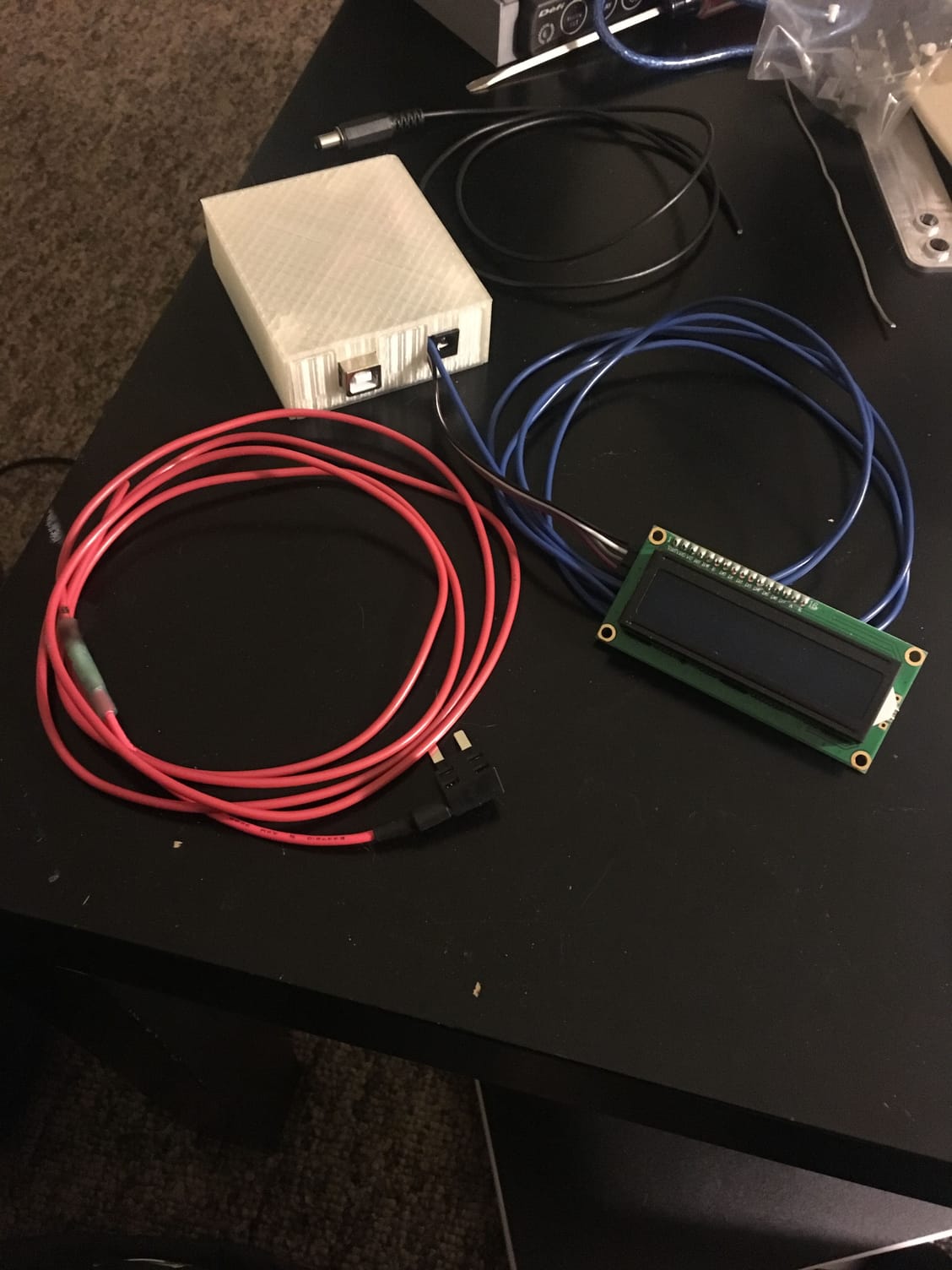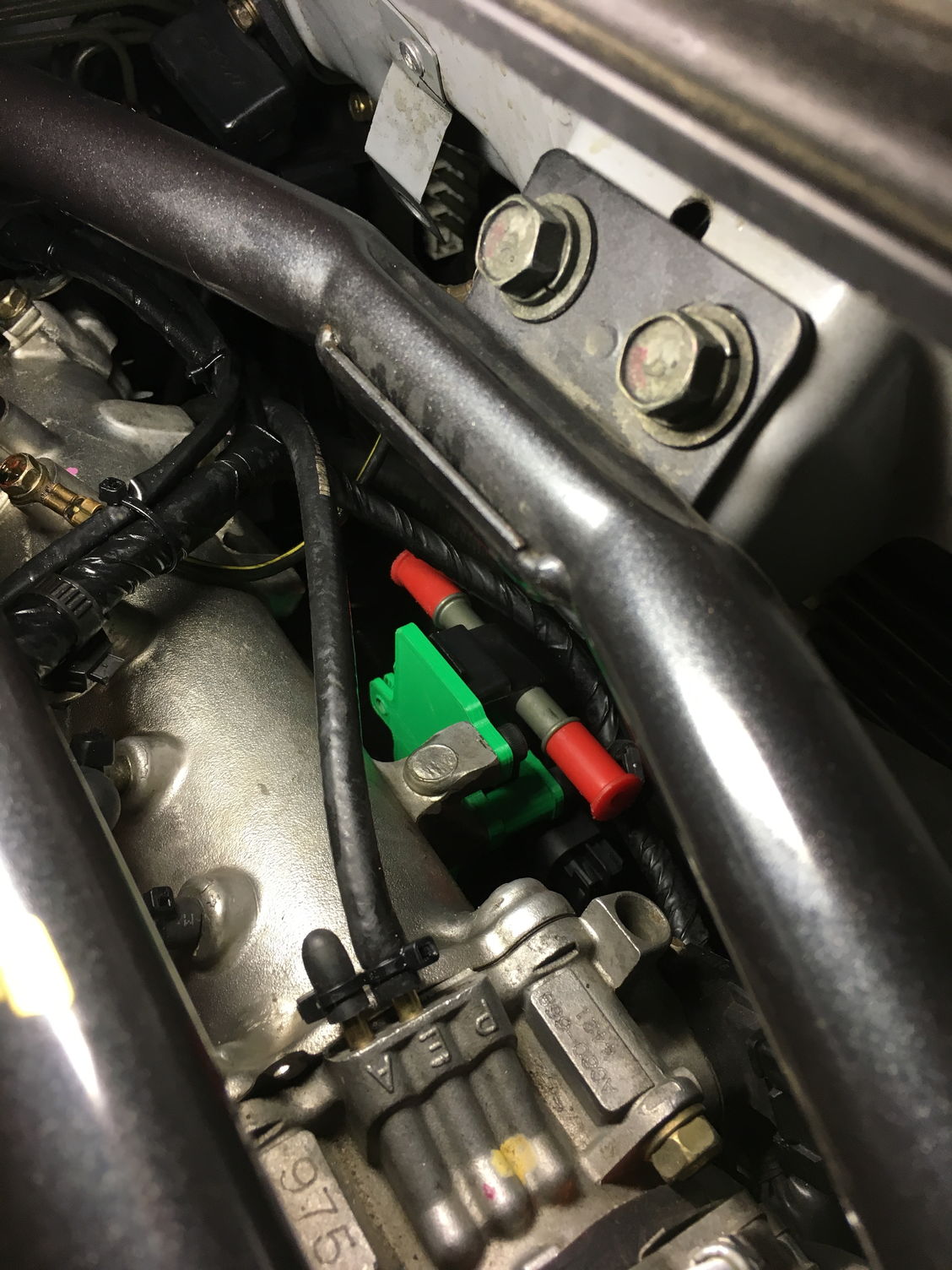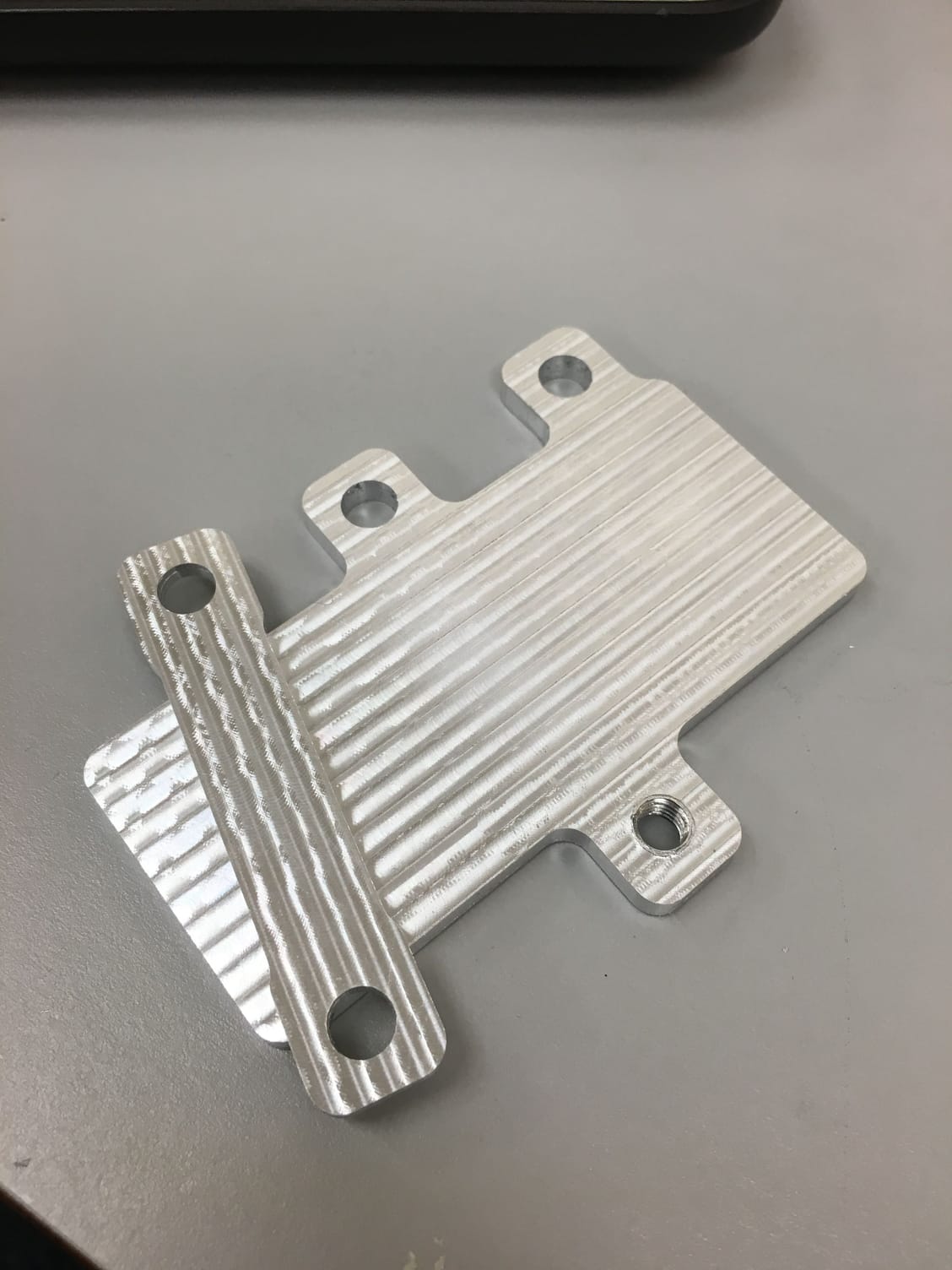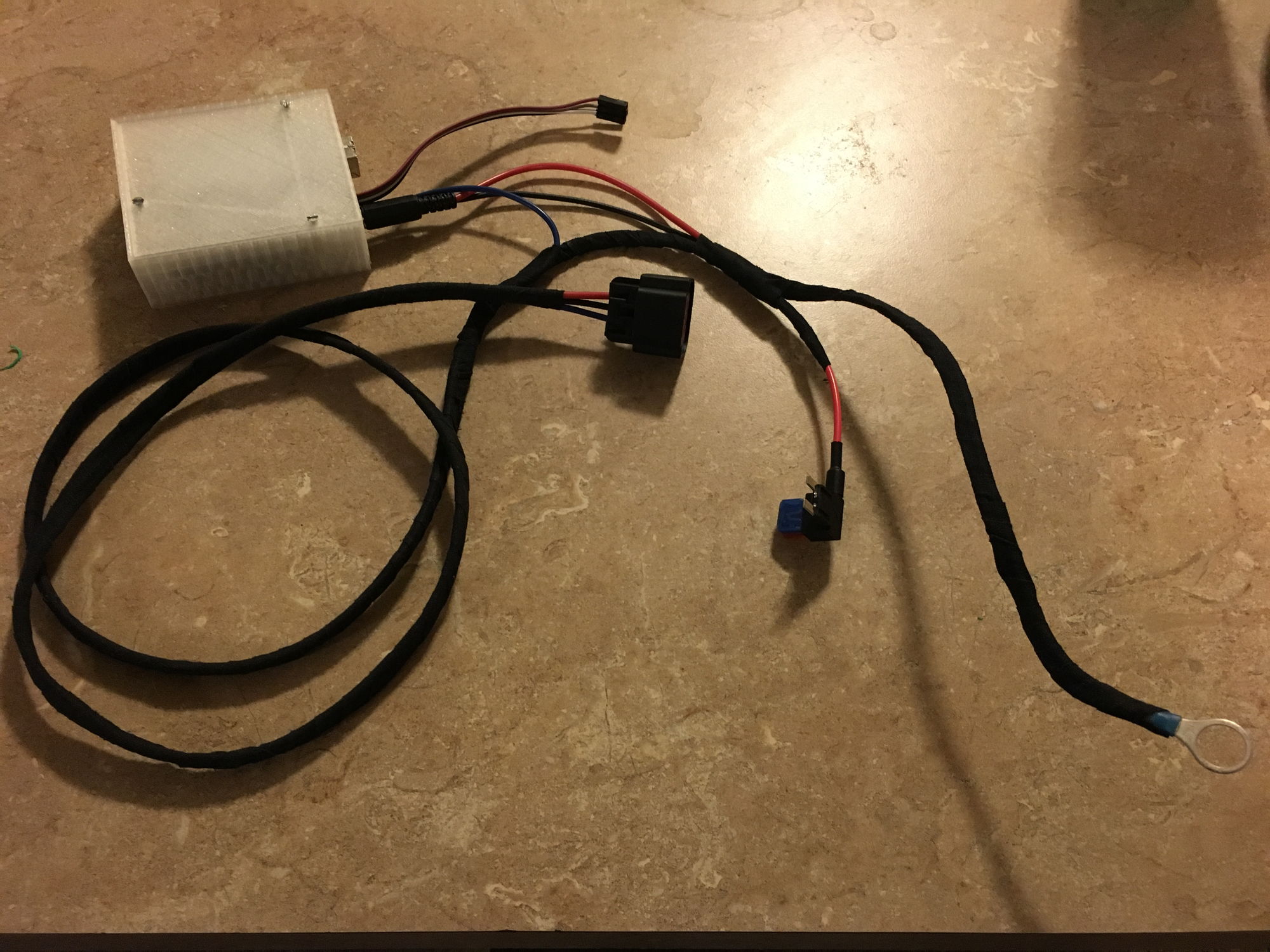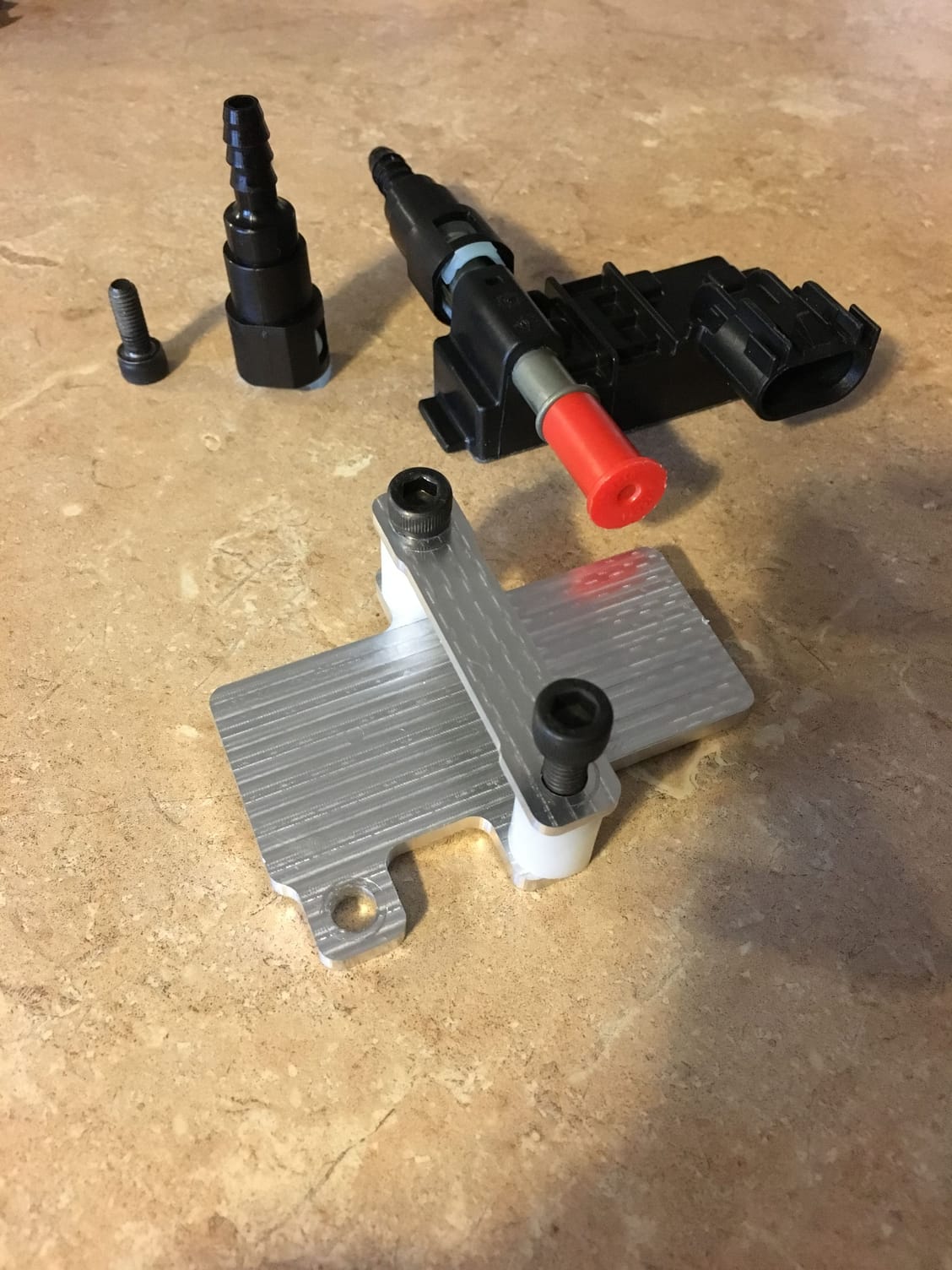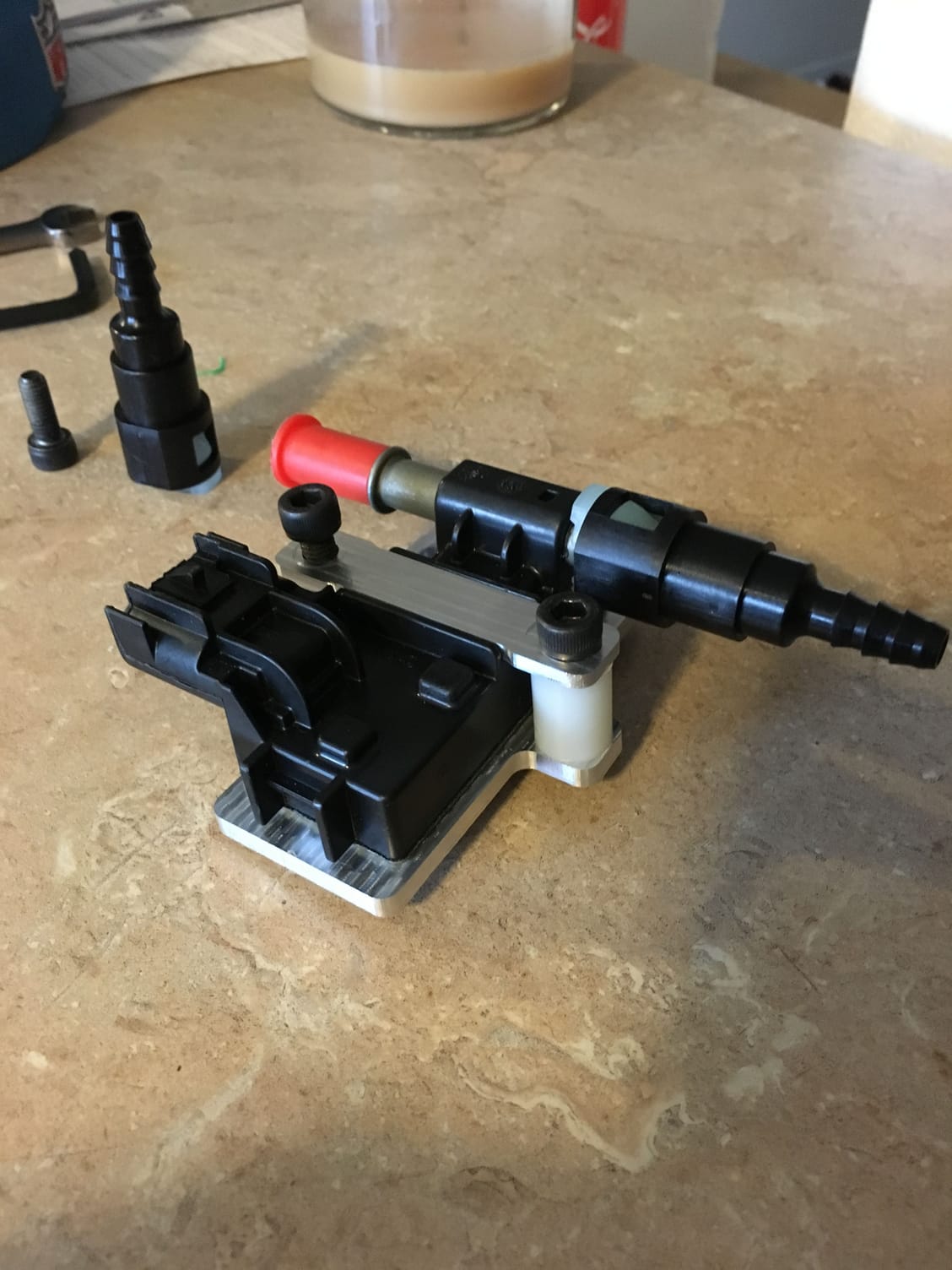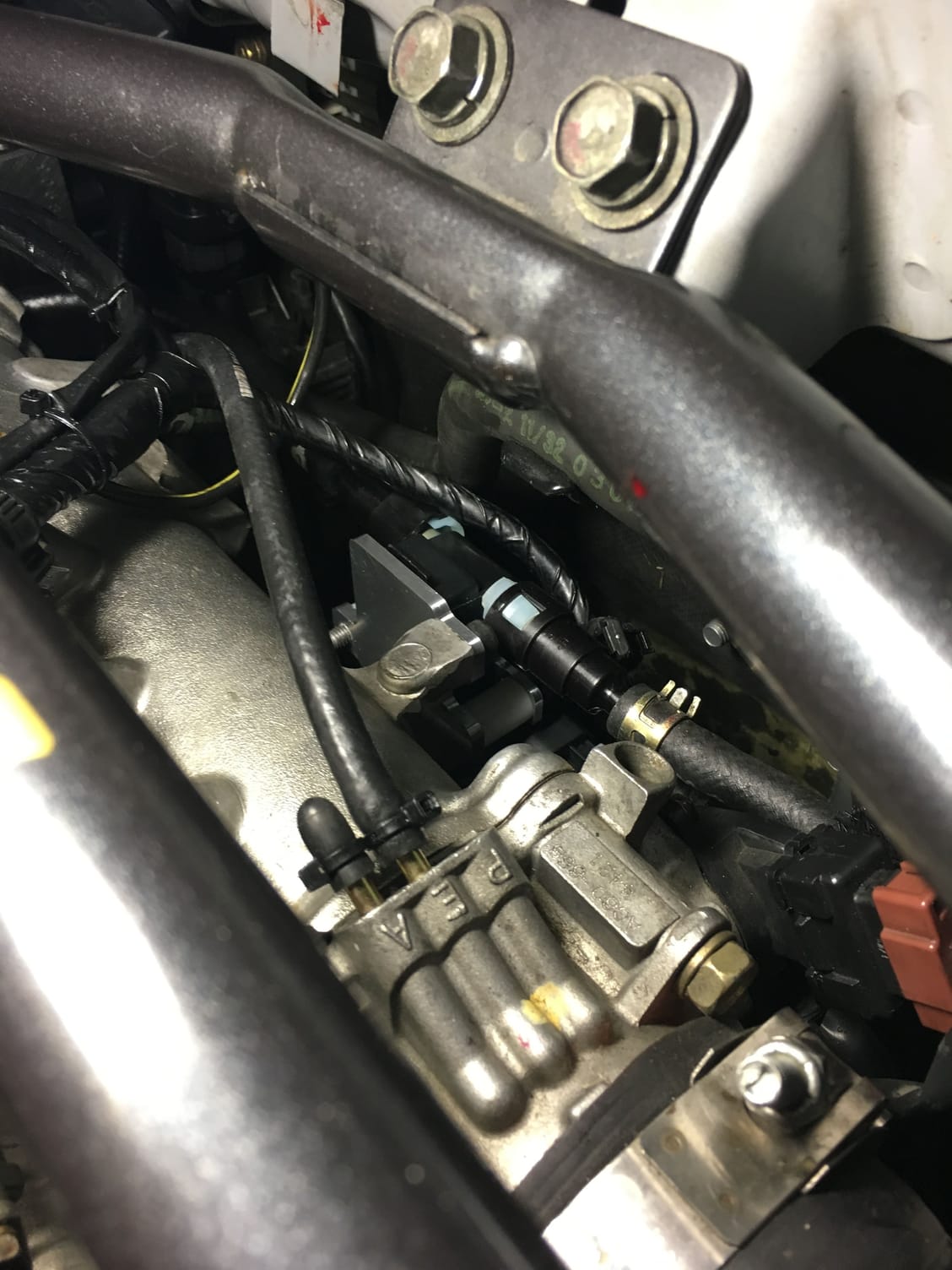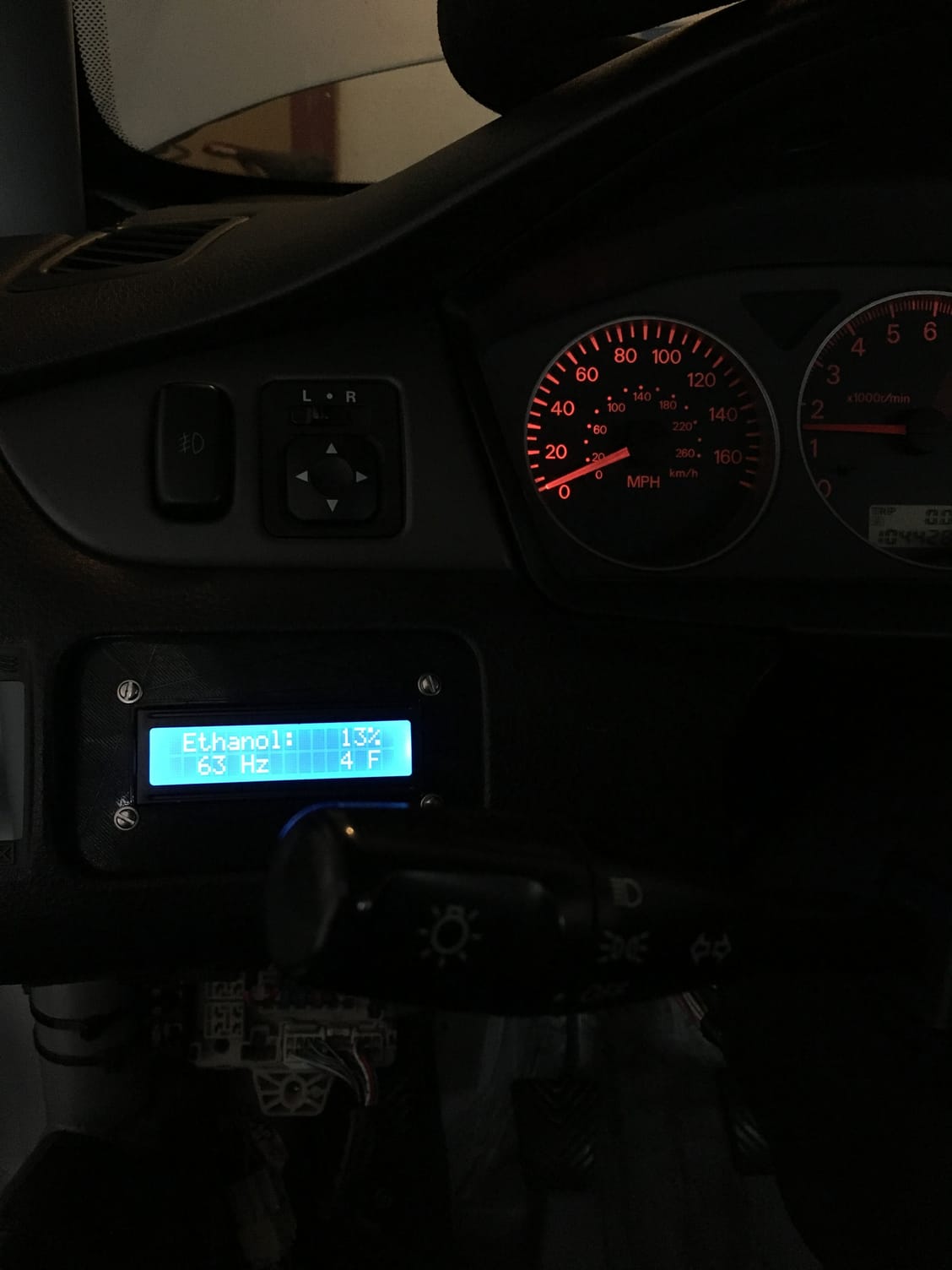JohnnyTightlips
Motorhead
Got my arduino programmed and the LCD working tonight. This is the first time I've ever done any sort of coding and it wasn't bad. Just had to get used to how the arduino software works.
Some notes to help anyone who goes through with this:
- I used the libraries and code from the OP in the evo forum thread linked earlier so this only really pertains to that. The two libraries in the zipped folder you download there are for the LCD. Be sure to change the - to a _ in the LiquidCrystal-I2C (change to LiquidCrystal_I2C) library. The software had trouble identifying this library properly before changing it. And change the LiquidCrystal library's name to LCD, as this will also help the arduino software properly find this library.
- The third library needed is the wire library. I had to go online to find this one (link: https://github.com/esp8266/Arduino/tree/master/libraries/Wire) and just copied the code and made a new library. Open notepad and copy the code for the .h file and save it as wire.h. Do the same for the .cpp file and save it as wire.cpp. Lastly, (not sure if it's actually needed but I did it anyway) copy the keywords file and save it as keywords.txt. Put all of these 3 files into a folder and name the folder Wire. Move this folder into your libraries folder.
- Depending on where you got your LCD screen from will probably affect this next part. The back of the LCD screen has an I2C bus on the backside that the wires get connected to. You need to know the address for this I2C and put it in the code in order for information to be displayed.
Copy the code in this link: https://playground.arduino.cc/Main/I2cScanner which is a code that scans the I2C to find the address (or something like that). So start a new file in the arduino software and paste that code into it. Make sure the arduino is connected to your computer and the LCD/I2C is wired properly to the arduino. After you've done all that, hit the upload button. Once you've done that go to Tools > Serial Monitor. Give it a couple seconds to scan and it will spit out the address of your I2C.
Now that you know the address of your I2C, go back into the code for the ethanol sensor readout and there should be two places in the code where an address is listed for your I2C (it be 4 characters and starts with a 0x). Replace that address with the address you got from the scanner. Now you should have all 3 proper libraries and the right address for the I2C so with the arduino connected to the computer hit upload and it should display the right information.
Let me know if you guys have any questions and I'll do the best I can to answer, but there's plenty of people here who know more about this than me.
View attachment 7584
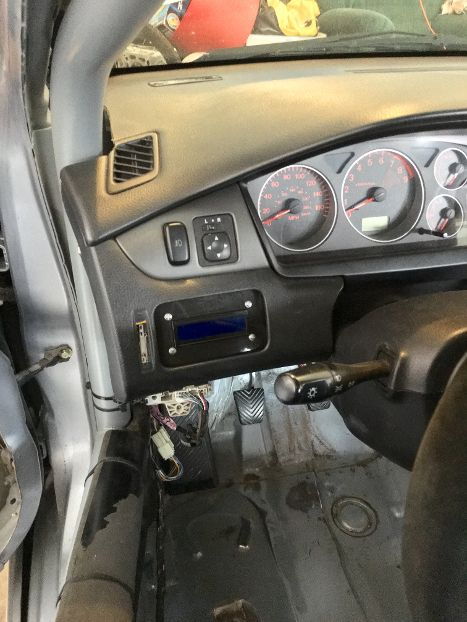
That doesn't look like a mazda lol. I have been meaning to do more work on this but it might be waiting until summer. If some spare cash and time fall out of the sky I will take a look. Should be a pretty easy install since you are full race car. Nice work.


